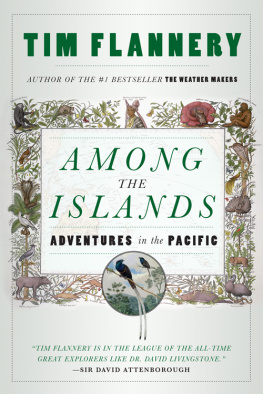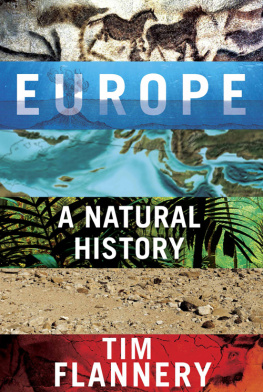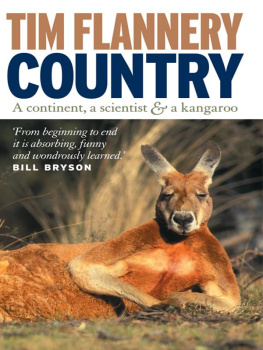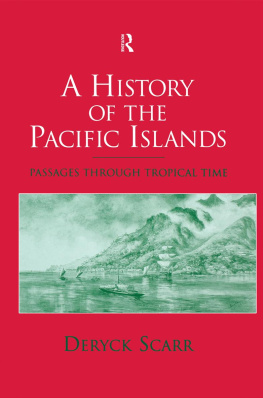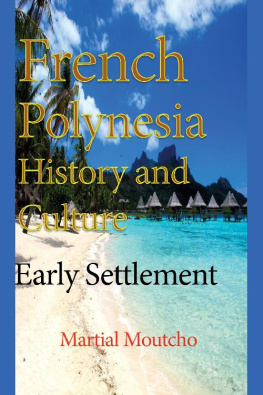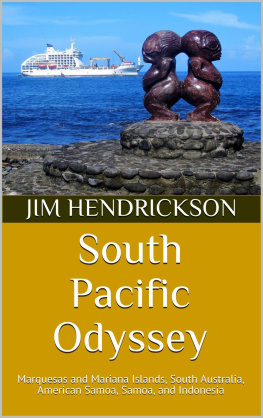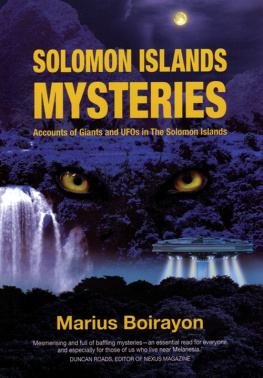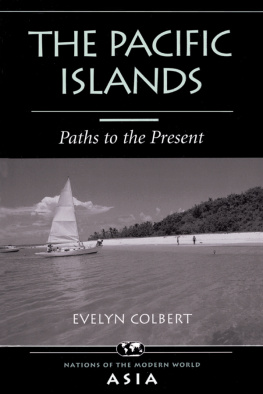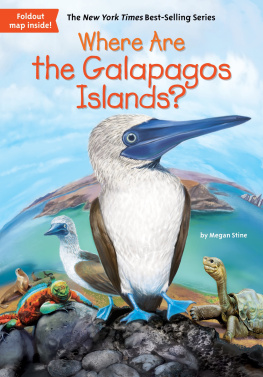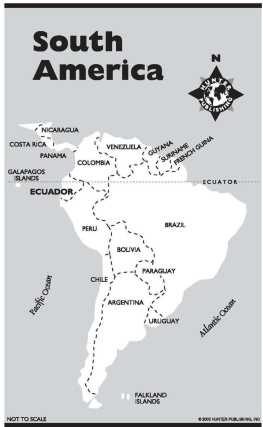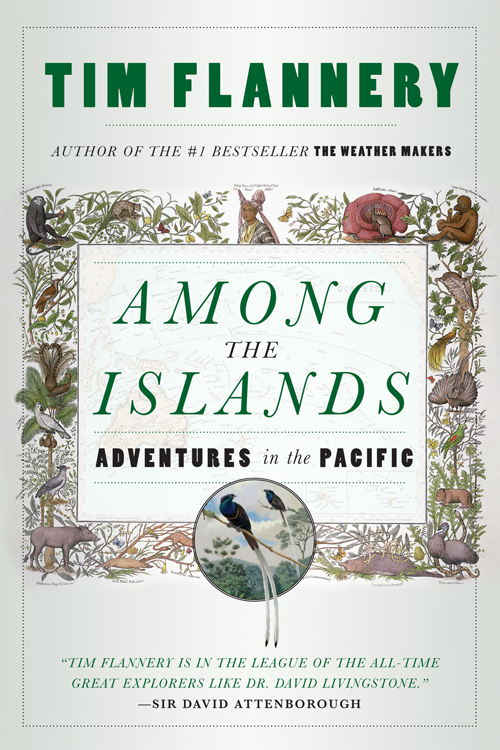F or over a decade during the 1980s and 90s, I had the best job in the world. I was leading a team of researchers, and together we travelled the tropical islands of the southwest Pacific looking for marsupials, bats and rats found nowhere else on Earth. It was pioneering work. No summary of the mammal fauna of the region existed, so we had nothing to guide us apart from brief accounts scattered in the scientific literature. Many of the islands were a great blank, not having been visited by anyone interested in mammals since some pioneering naturalist dropped by during the age of sail.
Island biodiversity is exquisitely vulnerable to human disruption. The fate of New Zealands biodiversity is typical. Over a third of its land bird and bat species have become extinct since human settlement, and another third are threatened with extinction. Such figures made me wonder how the mammalian inhabitants of islands further north were faring in the face of introduced species and European colonisation. Because nobody in recent times had gone to the islands to look, it was a question without an answer, and it became the raison dtre for our quest. It was possible, we knew, that some species had vanished before anyone even realised that they were endangered, making our adventures somewhat quixotic. But it also seemed possible that a species or two existed among the network of islands, reefs and misty peaks that had evaded earlier visitors, and so awaited scientific discovery.
Planning for our expeditions was carried out in musty libraries and museums, for these were the days before the internet, and if one wished to consult the pages of the journal of the Museo Civico di Storia Naturale di Genova, or the obscure, Shanghai-published journal Memoires concernant lhistoire naturelle de lEmpire Chinois, one had to front up at a library that held the volumesand oftentimes ask for help from a translator as well. But many important finds were not even mentioned in print. Perhaps their discoverer had died among the islands and his trove of treasures had been shipped home to find nobody knew enough, or cared enough, to publish an account of what was in them. And so we worked among often forgotten collections held in museums great and small, from London to Beijing, poring over stuffed skins of rats and bats for evidence. Many had somehow survived fire, war and penury, and as we chased down century-old clues to the existence of such bizarre creatures as giant rats, monkey-faced bats and piebald cuscuses, we stood in awe of those who had built the collections, as well as the curators who had tended them through decades or centuries of peril.
To open the drawer of an old museum cabinet and find the remains of a creature that lived on a distant tropic isle long since dramatically changed by European impact, and which had travelled halfway round the globe to reach its keeping place, is a magical experiencelike travelling in time itself. That moth-eaten skin, or even fragment, may be all that remains of an entire species, tinting the thrill of seeing it with immense sadness. For here lies all, perhaps, that is knowable of a branch of life that may have gone its own way for a million years or more, a life form that once played an important role in an island ecosystem, but which had now winked out, never to be seen again.
Or had it? Who could really say whether it might still survive in the densest jungle or remotest peak of its island realm. The most elusive specimens lacked even a clear indication of where theyd been collected: their labels cited a whole island group, or even the voyage of discovery on which theyd been collected, rather than a precise island as their origin. Such species present a great challenge, but even the better known kinds presented us with a daunting quest. Where, and how, does one begin on an island the size of a European state to search for a fist-sized, nocturnal creature that has not been sighted for over a century? But we were young, and confident that we could make sense of the clues. Sometimes guided by no more than a single word on a specimen label, we found our way to unimagined placesto villages that had not seen a white face in living memory, or mountaintops crowned with surreal vegetationand then we knew that the quest was at least as important as the goal.
As our work progressed, the high peaks of the Pacific Islands began to hold me in their thrall. From a biological perspective they are among the least known places on Earth, and even today some island peakswhich rival Australias Mount Kosciusko in elevationremain unvisited by Europeans. Often held sacred by the native people, these mist-wreathed summits are in some respects lost worldsislands in the sky crowning islands in a tropical sea. But reaching them was not easy. Local taboos, foul weather, dense jungle and sheer remoteness combine to make them some of the hardest places on earth in which to conduct biological research.
The great arc of islands between Sulawesi and Fiji was our stomping ground. Extending over 6000 kilometres, and crossing the Equator, its a huge realm: stretching further than the distance from Paris to Montreal, and almost as far as Beijing to Cairo. But its different from any similar-sized region in that it consists of thousands of islands, each distinctive in its geology, vegetation, shape, size and history of human colonisation. From the picture-postcard Polynesian atoll, to some of the largest, highest, most rugged and ancient islands on Earth, the region truly is a version of the world writ small.
Among these varied lands are some that originated as slivers wrenched from ancient supercontinents a hundred million years ago. Others are continental chips torn more recently from the great island of New Guinea. Yet others formed as volcanoes that belched forth from the ocean depths, arriving above the waves as virginal lands innocent of life until drifting seeds, spores and insects arrived. Krakatoa, which blew itself apart in a paroxysm of volcanic activity in 1883 and then grew anew from the sea, gives us some idea of the process. First ferns and insects, then flowering plants, birds and lizards arrived to colonise their new-found land. Krakatoa is just a few tens of kilometres from Java and Sumatra, and less than a century old. Imagine a volcano surfacing a thousand kilometres from the nearest land, then receiving its pilgrims over a million years.

